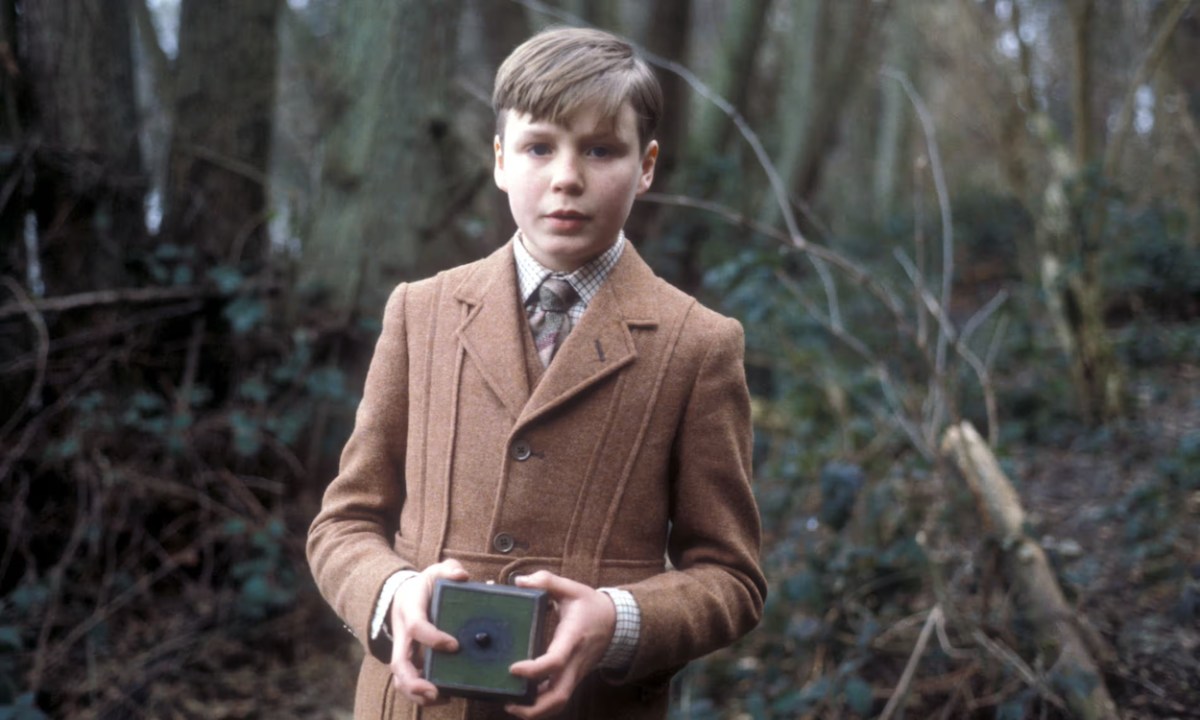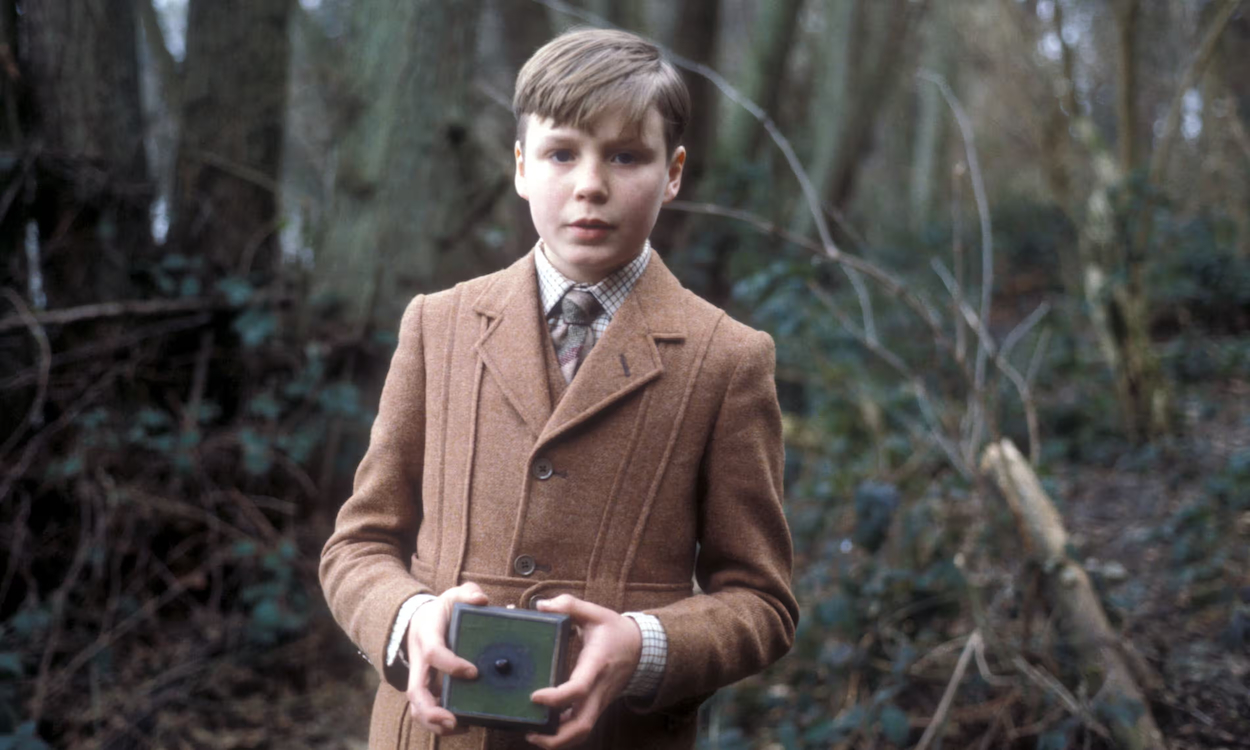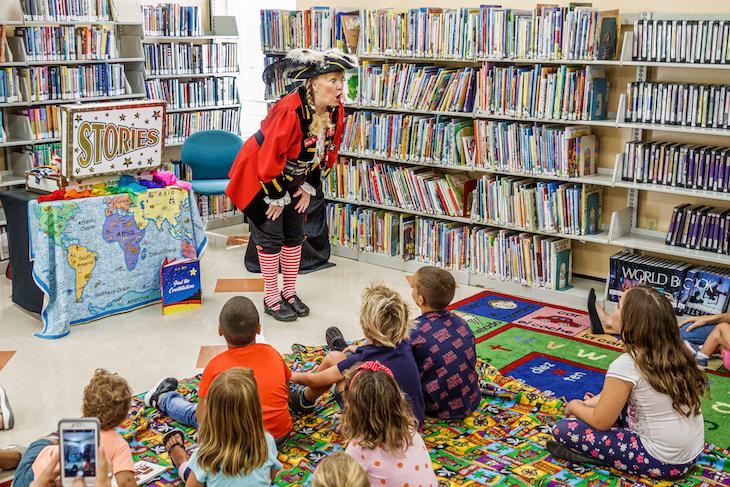At this time of year, switching on the radio to hear the twinkling harp at the start of ‘The First Nowell’ from Hely-Hutchinson’s Carol Symphony has a profound Proustian effect on an entire generation. It takes us back to our childhood living rooms in 1984, sitting cross-legged in front of a boxy TV with a 14-inch screen, bewitched by the most exciting, terrifying and Christmassy programme we had ever seen.
Part of the nostalgia comes from knowing that this wonderful series would probably never be made now
As a bookish child who lived largely in my head, I thought the BBC had made The Box of Delights especially for me. So, it seems, did an awful lot of other people. For The Box of Delights turns 40 this year, and its status as a beloved cult classic, now shared by parents of my vintage with their own mesmerised children, is celebrated with a special screening on BBC4 this Saturday, along with an interview with its director, Renny Rye.
‘Quite a lot of things you loved as a kid you go back to and they’re never as good. In Box’s case, when I went back, I thought, “This is great, it’s bloody great!”,’ says Chris Chapman, who’s directed a documentary about the making of the show for the special 40th-anniversary Blu-ray/DVD.
Why were we all – do we continue to be – so captivated? The Box of Delights is adapted from John Masefield’s 1935 book, a masterpiece of children’s literature. All the vital tropes are there: parents and authority figures conveniently called away, a gang of menacing baddies ‘scrobbling’ anyone they suspect of having the magic box, a real villain in their leader, Abner Brown, and a likeable hero in young Kay Harker. There’s mystery, ancient folklore and time travel to boot. ‘And now, Master Harker, now that the Wolves are Running, perhaps you could do something to stop their Bite?’, asks the old man who has entrusted Kay with his box. To top it off, Box somehow distils the very essence of Christmas: snow, steam trains, parties, presents and carols.
But Masefield can be verbose in places (I recall him wanging on for several pages about Alexander the Great) – and part of the genius of the TV adaptation was to create that extremely rare entity: the screen version that’s better than the original book.
‘I knew Masefield from school poetry, but I’d never read the book as a child,’ recalls the director, Renny Rye. ‘I read the script; I think I just thought it was great fun and a wonderful challenge.’ Though it was the biggest gig he’d been handed at the time, he doesn’t remember having many qualms – but he did baulk somewhat ‘at scene 17 when the boy rides across a snowy landscape chased by wolves, goes back in time and the horse jumps over a stockade where there are wolves attacking.’
He was aided by brand-new special effects that were jaw-dropping to young viewers at the time – though, as Robin Lobb, in charge of video effects on Box, observes in the documentary, ‘you could do most of them on your phone now’. He developed a way of ‘virtually getting rid of that terrible blue halo you got around the figure’ with blue screen, recalls Rye. The BBC had invested in a new special effects suite ‘and literally as new machines came out and were put in the suite, Robin would ring me and say, “Now, you know you wanted to do this…”’.
I say to Renny that my young children, raised on CGI and Pixar, are oblivious to the slight clunkiness of the special effects. ‘It’s the power of narrative,’ he says. ‘And we were very lucky, perspicacious with the casting.’ This was in the days before casting directors existed, ‘and you’d sit there going through your Spotlight journal of actors’. Patrick Troughton played the old man, Cole Hawlings, Robert Stephens was Abner Brown, performing his own death leap into the canal (fuelled by his vodka habit) when the stuntman refused to do a second take. Stephens’s real-life partner, Patricia Quinn, was his moll, Sylvia Pouncer, while the part of Kay Harker was taken by Devin Stanfield, who came from an old theatrical family. ‘As soon as he started to read, he reminded me of myself at that age,’ says Rye. ‘That was perfect, because I channelled myself as a boy through him.’
Most of Box was shot on location in the Severn Valley and Rye, who ‘hates studio shooting’, thinks this is also key to the series’s success. ‘The basic thing was to make Kay’s world as real as possible’ as a contrast to the fantasy scenes, a combination of special effects and animation. All the interior scenes at Kay’s home, Seekings, are shot inside the lovely old house; they remind me very much of staying with my grandmother as a child: wrought-iron bedsteads, quilts and blankets, a daily woman coming in.
Part of the nostalgia comes from knowing that this wonderful series would probably never be made now. Children with plummy accents home from boarding school, servants, even Caroline Louisa’s delectable fox furs – all these are shibboleths for drama commissioners today. Which is comforting for Box’s many, many fans who couldn’t stomach an unnecessary remake.
Rye first realised he’d made something that was going to endure when the Facebook groups started to appear. ‘They’re wonderful,’ he says, ‘on the anniversary they all put on their DVDs and watch together.’ He went on to work with Alan Bleasdale (1999’s Oliver Twist) and direct Dennis Potter plays for TV (Karaoke, Cold Lazarus). Box, he says, a little ruefully, is something of a ‘double-edged sword’, in that it’ll be what he’s best remembered for, although as a veteran of children’s TV ‘some people say to me they’re more impressed I’ve done Rentaghost than worked with Alan Bleasdale and Dennis Potter.’ Thanks to this remarkable production, the magic continues to endure and the wolves will be running again each Christmas.







Comments